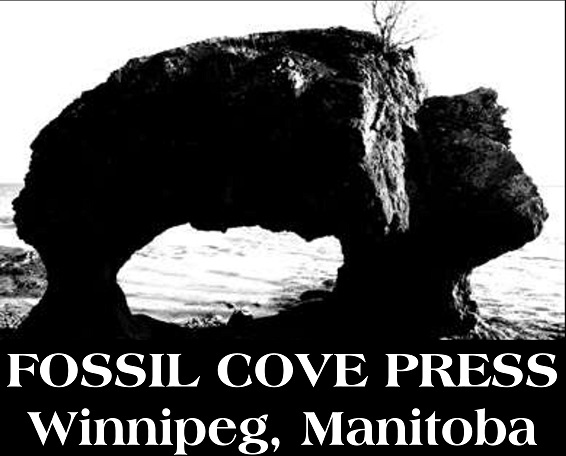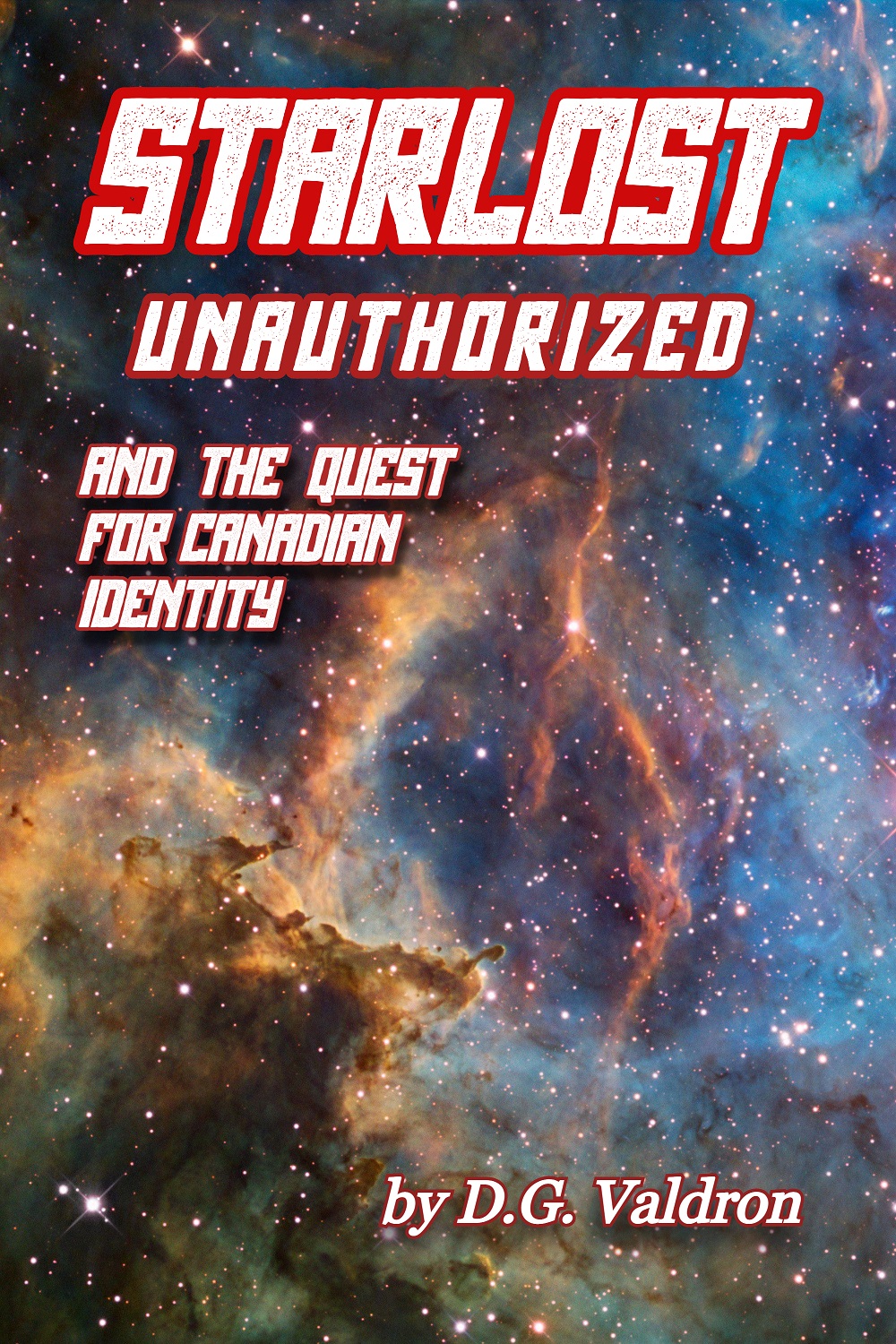Well, even though I’m not able to attend the World Fantasy Convention in Niagara Falls, October 17 – 20, 2024, in person, I will be participating as an online member.
I’m confirmed for two panels:
STOLEN VALOR
World Fantasy Convention – Friday, October 18, 2024 – 10:00 a.m.
* Fiction is about creating believable and/or identifiable characters. But can an author write the “other” successfully without offending those they hope to portray? How has cultural appropriation impacted the genres? Do sensitivity readers help ensure real representation? How do we make sure that actual disenfranchised people get to the table?
Panelists
Maurice Broaddus
P Djeli Clark
Pat Murphy
Vanessa Phin
D.G. Valdron
CROSSING BOUNDARIES: BLENDED GENRES
Saturday, October 19, 2024 – 12:00 p.m.
* Blended genres such as romantasy have extended the boundaries of fantasy and horror. What boundaries are being crossed in today’s genre fiction? What new boundaries loom on the horizon?
Panelists
Casella Brookins, Moderator
Heather Graham, Guest of Honour
A. T. Greenblat
Mica Scotti Kole
D.G. Valdron
Assuming my eyes hold up and travel is permitted, I hope to be attending Can-Con Literary Festival in Ottawa, November 1-3, 2024.
I’m scheduled for one panel there:
TWISTING THE TROPES – OVERDONE?
Sunday, November 3, 2024 at 2:30
For a long time, one frequent piece of writing advice has been to take a common trope and turn it upside down: the chosen one is weak and useless, and their followers are the heroes; the surprise villain; the monster is just misunderstood. Is reversing or twisting a trope still solid advice, or is it rarer now to see a trope played straight? How are writers still using this strategy and standing out? How do we ensure there is still space to play, without excluding authors who haven’t had a chance to do so yet?
Panelists:
Claudie Arsenault
Aysha U Farah
Kari Maaren
D.G. Valdron.
In addition, I’ll be participating in a book launch at McNally Robinson:
TWILIGHT OF ECHELON BOOK LAUNCH
McNally Robinson, Winnipeg,
November 26, 2024, at 7:00 pm
At Bay Press hosts the Launch of the collaborative work based around the Twilight of Echelon painting series by famed artist Robert Pasternak, with collaborating writers Den Valdron, Loverne Kindzierski, Alex Passey and Blaize Moritz.
That should keep me busy. I did drop the ball a little bit, the Winnipeg Comic Con, October 25 to 27 was apparently looking for people to do panels. Sadly, I was distracted by vision problems in September, and a full work schedule, so I let that go by.
Still, I’ve already done 24 panels and workshops so far. This will bring me up to 28. And I have or will have attended six conventions and about eight other professional events. So I think I’m working it pretty hard.






